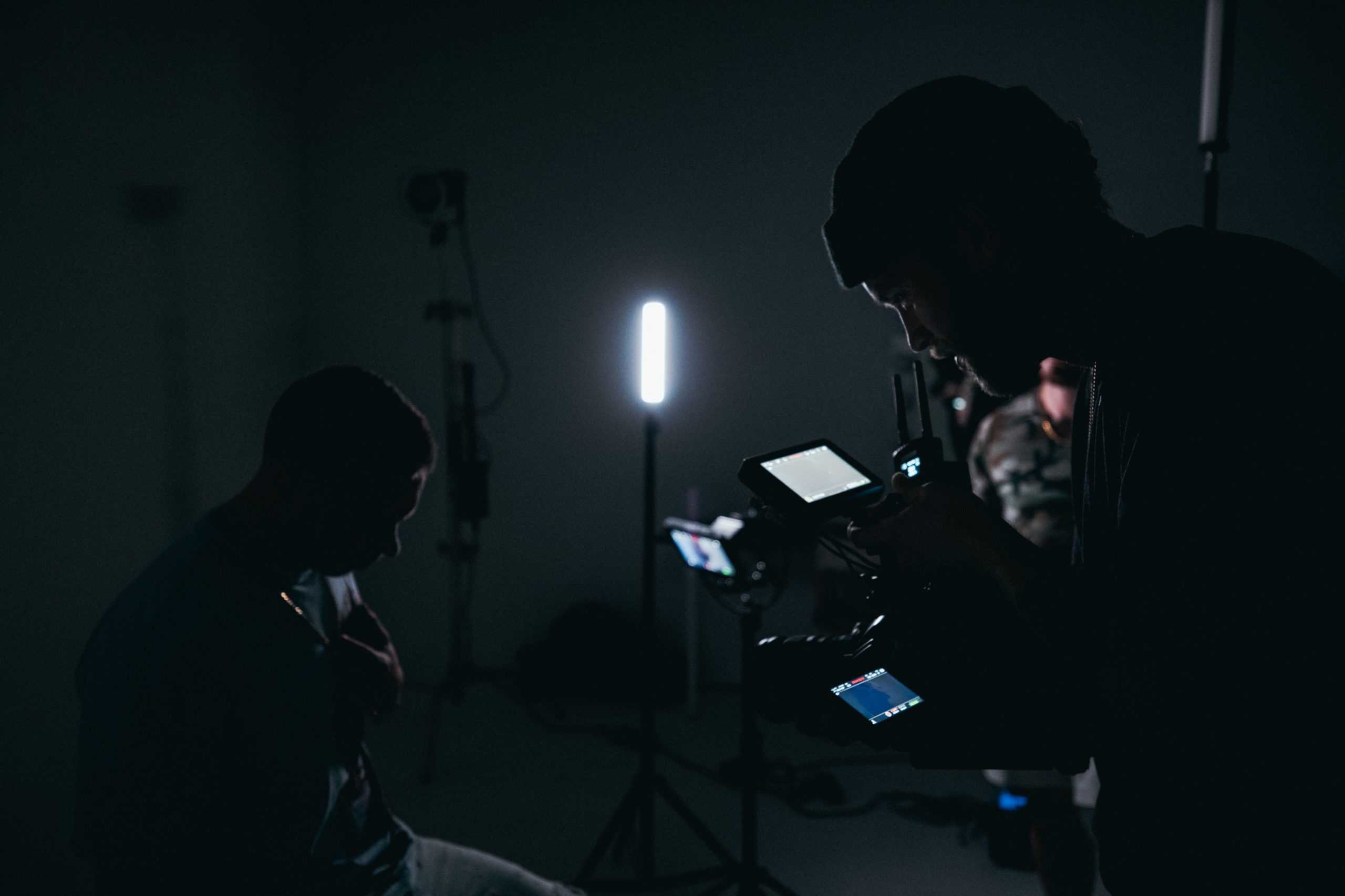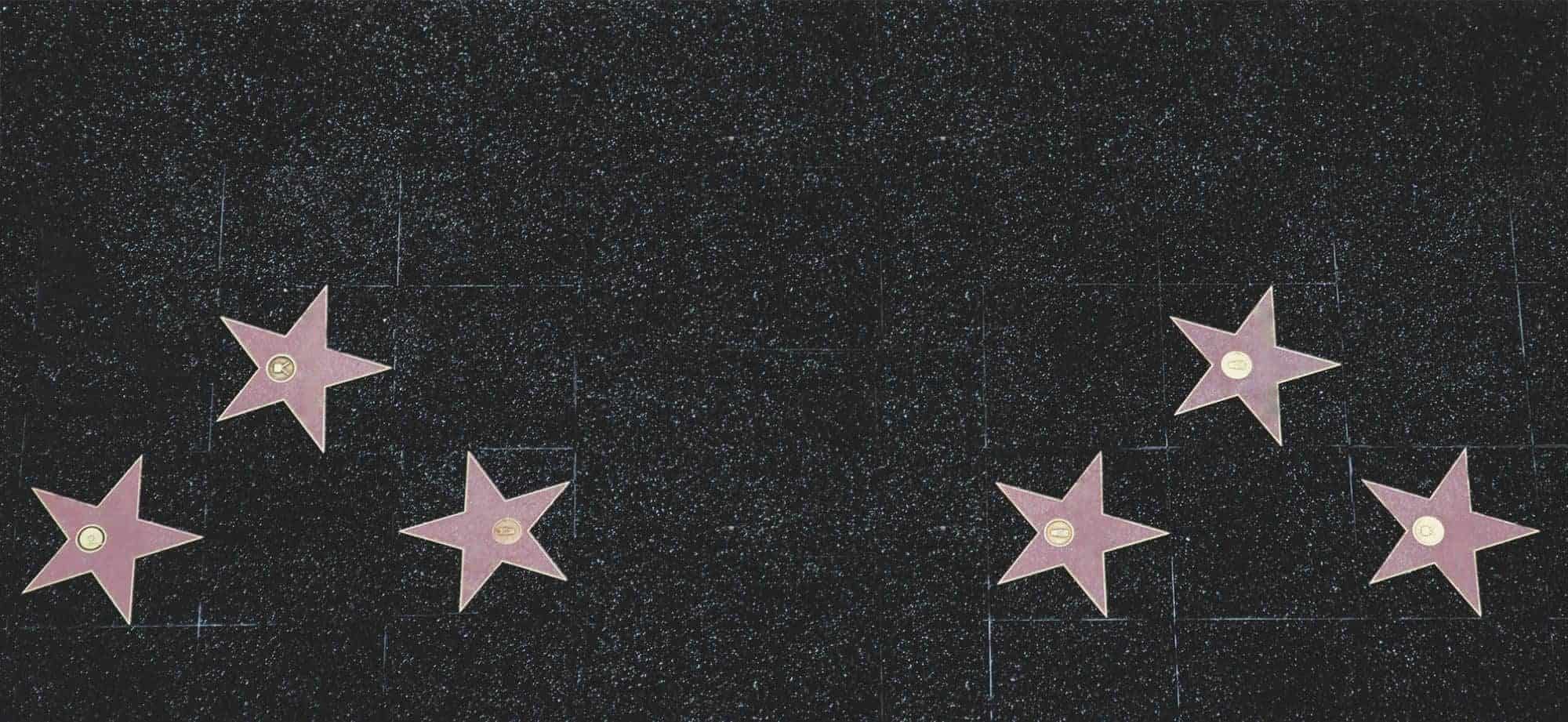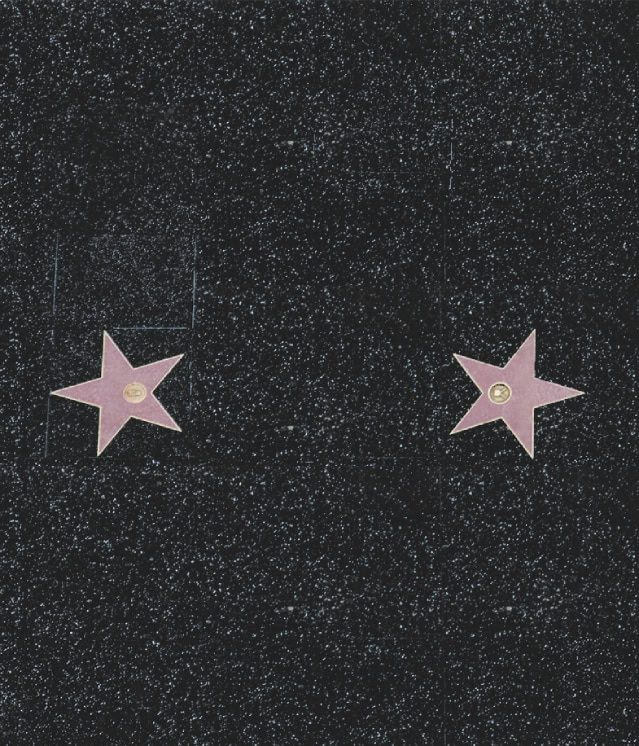
Tips for using a Steadicam
Steadicams have changed filmmaking forever, providing audiences with mesmerizing smooth shots. No matter if you’re an expert or just starting out, learning the art of Steadicam use can take your work to new heights. Here are some tips to help you harness the power of this great filmmaking tool.
- Balance is everything when using a Steadicam. Get the camera balanced on the sled and adjust the weights until it’s stable. That will minimize vibrations and make for smooth motions while filming.
- Master “the glide!” A Steadicam is designed to make tracking shots look effortless. Movements should be gentle and controlled, using your body to keep the camera steady. Stay relaxed and avoid jerky motions, which can ruin the shot.
- Take weight into account too. Position any accessories evenly on the vest or arm to avoid strain.
- To really make the most of your Steadicam shots, try different angles and perspectives. Low angles and overhead shots give a unique cinematic effect. Don’t be afraid to explore – let your creativity shine!
What is a Steadicam?
A Steadicam is a stabilizing device used in filmmaking. It has an attached camera mount with a mechanical arm to reduce camera shake. It distributes weight and tension, so the camera operator can move freely while still staying steady.
Using a Steadicam takes skill and practice. The operator needs to balance the weight and adjust the arm’s tension. This tool revolutionized cinematography by eliminating shaky footage and adding fluid camera movements for storytelling.
Steadicams are perfect for tracking shots and action scenes. They offer flexibility for capturing dynamic shots, like crowded streets and uneven terrains. Plus, they can smoothly follow subjects without compromising stability.
To use a Steadicam effectively, operators must understand how factors affect its performance. For example, lenses can impact the look and feel of footage. Also, adjusting the height and angle of the camera mount changes perspective and composition.
On a film set, an operator was tasked with capturing a chase scene. He maneuvered the Steadicam through narrow alleyways with challenging obstacles and turns. The resulting footage immersed viewers into the pursuit. It showed skillful techniques and innovative filmmaking technologies.
Mastering the art of using a Steadicam boosts visual storytelling. It adds smooth cinematic movements that engage audiences. It also stabilizes the footage and adds creative possibilities for filmmakers. This device shapes modern cinematography.
Benefits of using a Steadicam
The Steadicam offers many advantages for videography. It grants smooth and steady footage, nixing shaky camera movements and guaranteeing pro-standard shots. Plus, it offers enhanced mobility, permitting filmmakers to record dynamic footage from various angles.
- Stable Footage: A primary benefit of the Steadicam is its capacity to produce stable footage. It balances the camera on a stabilizer, which obstructs motion and vibrations, providing smooth and professional-looking shots.
- Smooth Tracking Shots: With a Steadicam, filmmakers can pursue smooth tracking shots by carefully moving the camera alongside the subject. This creates a feeling of motion and adds visual interest to videos.
- Increased Mobility: Not like traditional tripods or dollies, a Steadicam provides filmmakers with exceptional mobility. Its lightweight design allows for easy maneuverability, enabling it to squeeze through narrow spaces and film from unique points of view.
- Varied Shooting Angles: A Steadicam permits shooting from different angles, such as low-angle or high-angle shots. This adds depth and diversity to the visuals, improving storytelling by presenting alternate perspectives.
- Creative Flexibility: The Steadicam opens up new opportunities for creative expression in videography. Filmmakers can try innovative camera movements and dynamic sequences that bring their vision to life.
Also, it’s worth noting that Steadicams have grown over time. Progresses in design have made them simpler to use, more compact, and more efficient than ever before. Thus, amateur and professional filmmakers can both benefit from using this flexible tool.
The concept of image stabilization dates back to the 70s when Garrett Brown formed the first commercially available Steadicam system. Primarily created for use in Hollywood productions, the Steadicam changed the way filmmakers captured moving footage. Ever since then, this technology has become a must-have in the industry, empowering videographers to achieve amazing visual results.
Choosing the right Steadicam for your needs
Ensure you get the perfect Steadicam for your needs by considering elements such as weight capacity, ease of use, and compatibility with your camera equipment. Look for a model that can support the weight of your gear while providing smooth shots and adjustable settings.
Weigh up what type of shooting you’ll be doing. Need to move quickly? Opt for a light, compact Steadicam. Require long takes? Choose a heavy-duty model with added stabilization features.
Garrett Brown made history in 1975 with his invention of the Steadicam. His revolutionary design replaced bulky camera setups and tracks, allowing filmmakers to capture dynamic shots more cost-effectively. His invention led to further enhancements in stabilizer technology that have greatly impacted modern filmmaking.
Keep these points in mind when selecting a Steadicam: weight capacity, compatibility, shooting needs, and Garrett Brown’s invention. Don’t forget, it’s essential for achieving professional-quality footage!
Setting up your Steadicam
To ensure successful film shooting, it’s important to set up your Steadicam properly. Here are some steps to follow:
- Balance the sled on the gimbal.
- Adjust the vest snugly for weight distribution and comfort.
- Select the desired settings for your camera.
- Take test shots and practice different movements with your Steadicam.
- Experiment with tilts, pans, and walking motions for better control.
- Have spare batteries and memory cards on hand, just in case.
I encountered a challenge when shooting in rugged terrain – strong winds. But thanks to my Steadicam set-up, with balanced weights and a steady grip, I captured stable shots. The Steadicam proved invaluable in overcoming this obstacle.
For professional-quality footage, pay attention to balancing, adjusting the vest, and fine-tuning camera settings. Regular practice will enhance your filming experience.
Proper technique for using a Steadicam
Learn how to use Steadicam for smooth footage! Here’s what you need to do:
- Balance the rig – make sure it sits level, no tilting forward or backward.
- Grip – hold lightly. Use fingertips instead of squeezing tightly.
- Movements – go slow and steady. Walk in a relaxed manner and keep your body centered.
- Body positioning – Stand tall and keep arms close to the body. Use the whole body as a counterbalance for tilts and pans.
- Practice – Keep experimenting with angles, movements, and speeds. Develop your own style.
Plus, check out these tips:
- Monitor – Attach one to your rig to view the shot composition.
- Harnesses – use them for longer shooting sessions.
- Lenses – explore different ones for diverse perspectives.
- Focus pulling – stay sharp on subjects at varying distances.
- Advanced modes – look into follow mode or inverted mode.
Follow these techniques and suggestions to create captivating visuals! Practice regularly to master the art of Steadicam.
Advanced tips and techniques for Steadicam users
Balance is essential. Make sure your Steadicam is balanced before shooting. Keep stability and avoid unwanted movements.
Practice! Get to know your Steadicam by experimenting with different movements and settings. Find what works best for the shot.
Grip lightly. Hold the handle of your Steadicam with a light grip. Smooth, controlled motions will get you better results.
Mastering the Steadicam takes time and effort. With practice, you can create amazing footage like a pro!
A special note: Keep eye contact with your subject when using a Steadicam. It’ll help with framing and make the shot more personal. An article by Digital Photography School said this is key to getting powerful footage. Focus on this detail to improve your shots and tell a better story.
Conclusion and final thoughts
- When using Steadicam, balance is key. Adjust the gimbal and distribute the weight to ensure stability.
- Posture and gripping must be correct to reduce strain.
- Understand the Steadicam’s limitations. It’s not suitable for high-speed or extreme angles.
- Famous films have used Steadicams to create memorable scenes, like Stanley Kubrick’s “The Shining”. That scene’s fluidity and stability added suspense.
- To master Steadicam use practice and pay attention to details.
- With that, you can produce smooth footage.
- Grab your Steadicam and start your creative journey!
Frequently Asked Questions
FAQ for Tips for Using a Steadicam
1. What is a Steadicam and how does it work?
A Steadicam is a camera stabilizer used to capture smooth and stable footage while moving. It works by employing a camera-mounting system that isolates the camera operator’s movements from the camera itself, reducing unwanted shaking or vibrations.
2. Are there any specific camera settings I should use with a Steadicam?
While a Steadicam can help stabilize footage, it is still important to use appropriate camera settings. It is recommended to use a higher shutter speed, shoot at a wider aperture, and adjust ISO as needed to maintain proper exposure without sacrificing image quality.
3. How do I balance my camera on a Steadicam?
Proper balancing is crucial for optimal performance. Start by setting the camera on the Steadicam’s mounting plate and make adjustments until it is level. Then, adjust the camera’s fore/aft and left/right position until it stays balanced when released. Fine-tune as needed to ensure smooth operation.
4. What are some techniques to achieve smooth movements with a Steadicam?
Smooth movements require practice and coordination. Start by walking with a steady pace, maintaining even pressure on the Steadicam’s handle. Keep your body relaxed and avoid sudden movements. Additionally, using your hips to guide the camera’s direction can help maintain stability and fluidity.
5. How can I avoid fatigue while operating a Steadicam for long periods?
Operating a Steadicam for extended periods can be physically demanding. It is important to maintain good posture and use your body efficiently. Take regular breaks to rest and stretch, and consider using a support vest or arm to distribute the weight of the Steadicam, reducing strain on your arms and back.
6. Are there any additional accessories or equipment that can enhance Steadicam usage?
Yes, there are several accessories that can enhance the functionality of a Steadicam. Some popular options include wireless video transmission systems, external monitors, and remote focus/zoom controls. These accessories can provide more flexibility and control, allowing for easier operation and better results.
Subject: Tips for using a Steadicam
Company: Hollywood Connections Center
Network: MyHollywoodPage.com
The Hollywood network of arts and creative professionals.





